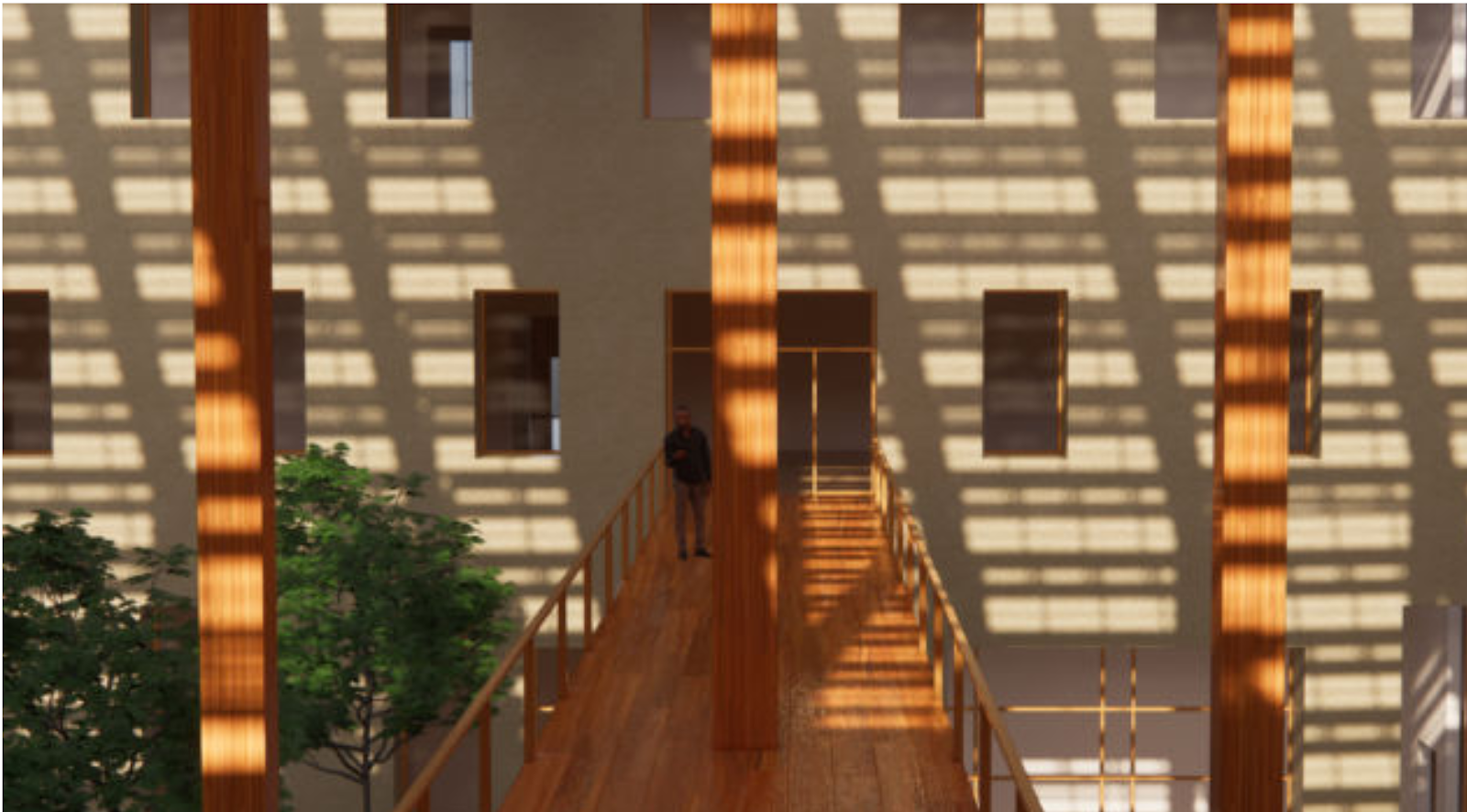Career Opportunities
- Historic Preservation
- Exhibition Curation
- Library Sciences
- Archival Sciences
- Urban Planning
- Architectural and Urban Design Criticism
- Journalism
- Cartography
Multidisciplinary Skills
- AutoCAD
- Revit
- Rhino
- InDesign
- 3D printing
- Design
- Computer literacy
- Knowledge of building laws/codes
- Building construction
- Industrial design
Share
The four-course minor introduces students to the study of architectural history, paying particular attention to the relationship between buildings and their larger urban, cultural, economic, and social environments. The minor advances student skills in analyzing and describing the built environment. The minor includes two general survey classes that cover a variety of different cultures and geographic contexts over time as well as two upper-level classes that focus on architectural development and theoretical discourse in the nineteenth and twentieth centuries. Students need not fill out paperwork to apply for the minor; they need only complete the four courses and ask that they be given the recognition of the minor prior to graduation.
Learning Outcomes
Students who graduate from Northeastern University with a degree in architecture, architectural studies or landscape architecture will have:
- Thorough 2D and 3D representation and modeling skills for deciphering and designing the built environment.
- Awareness of how global socio-cultural contexts influence the built environment, and how the built environment influences global communities.
- Thorough knowledge of sustainable and resilient design goals, strategies, and methods.
- Skills of communication and collaboration necessary for managing complex projects.
- Understanding of fundamental construction systems and techniques that shape the built environment.
- Critical ability to analyze and decipher complex environments.
- Exposure to the diverse range of professional opportunities and avenues for design of the built environment.
- Understanding of ethical responsibilities for designing the built environment.
Co-Op Opportunities
- Exhibition Design: Museum of Fine Arts
- Urban Planning: Boston Planning & Development Agency (BPDA)
- Journalism: The Boston Globe
- Library: The Boston Public Library
- Cartography: The Leventhal Map Library at the Boston Public Library






